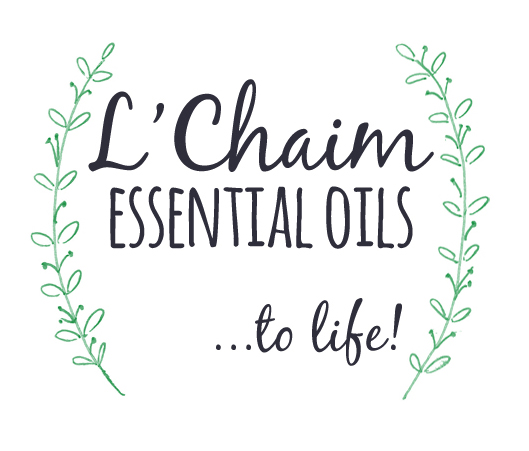learn to use essential oils safely
- Sears Family

- Nov 6, 2020
- 3 min read
Our family has safely and effectively used essential oils and natural alternatives for nearly two decades under these evolving general guidelines. We add the word evolving because we are writing this based on traditional use. As we learn more, we share more. This is not mean to be a static or all inclusive document. If you have any questions about what may work best for you, please see your natural practitioner and utilize the research of people such as Robert Tisserand, Kurt Schnaubault and Valerie Wormwood.
As humans, we have a trifecta of emotional, spiritual and physical needs that need to be addressed. Essential oils are extra special in that they have been noted to support all three. Since many issues we wish to address overlap in this trifecta, essential oils become especially beneficial and valuable. While individual oils have specific attributes and blends are put together for their synergistic effects, different people have different needs. Finding what works best for you and in different situations does not have to be complicated. It is best to start with a few basics, master them and then try something new. One by one you can address a variety of needs and substitute conventional products.
There are 3 main categories that essential oil use falls under:
Topical
Inhalation/aromatic
Dietary
Topical
Essential oils used topically can be applied neat or diluted/enabled.
- Neat means to use an essential oil without diluting it. There are a few oils that are considered safe to use neat. Even these oils for the young, elderly, pregnant and compromised should still be diluted.
-Diluted means to dilute the essential oil in a carrier oil. Putting essential oils in a carrier oil is not like diluting your orange juice and having it taste weaker. By putting essential oils into a carrier oil you are allowing the molecules to spread out and work MORE effectively. You will absorb them more easily. We like to call this enabling the essential oils rather than diluting because you are enabling them to work better. This is especially important when you are dealing with a "hot" oil like cinnamon, clove and peppermint. If you get a hot oil on your skin neat, you can use a carrier oil to soothe it. Do not use water. Carrier oils can include coconut oil, olive oil, sweet almond oil, etc.
1-3% dilution rate is common for general health support, skin care and natural body care products.
3-15% dilution rate is common for addressing acute health concerns. Occasionally up to 50% can be used depending on the need and age of the person.

Inhalation/Aromatic means to breathe in or inhale the essential oil. Inhalation is a very effective use for immune support, respiratory support and emotional. Try an aromatherapy inhaler, diffuser or other methods listed below. Follow the directions on your diffuser for using them appropriately. Our favorite diffusers are cold mist no water diffusers. Water does not mix with oil. Most water diffusers just allow the essential oil to hang out on the surface of the water and not mix adequately. The parts are often made of plastic. Essential oils and plastic next to each other for long periods of time is not a healthy combo.
Dietary or Internal Use means to use internally. We believe that many essential oils can be used internally with appropriate knowledge and respect for how concentrated they are. We do not advocate using them internally without a specific purpose. You must be certain of the quality of your essential oil AND the appropriateness of your essential oil before using it internally. Enabling them in a carrier oil is important. According to Kurt Schnaubault, PhD, only one drop is generally necessary at a time. Consult your certified aromatherapist or health professional for appropriate supplementation. While internal use may be advisable in a few instances, we find topical and aromatic use to be our preferred effective way to use most oils.
Ways Essential Oils Can Be Used:
*diffuser (build a tent for children!)
*nebulizer
*facial steam bath
*nasal inhaler
*bath (add to a carrier like epsom salts BEFORE putting into your bath water)
*massage & raindrop like therapy
*vitaflex points
*with compress/poultice
*suppository
*capsule
*spray bottles
*cleaning/disinfecting
*salves and creams
*oral care
*roll on ready diluted bottles
*apply like perfume/cologne
*diffuser jewelry or accessories (stays with you all day)
*laundry- washing machine and wool dryer balls
*therapeutic "sticks" (lip balms, bug bite sticks, deodorants)
*castor oil packs
*We do not use EO’s in vaginal steams or neti pots.
*Mixing EOs in water DOES NOT create a hydrosol.







Comments